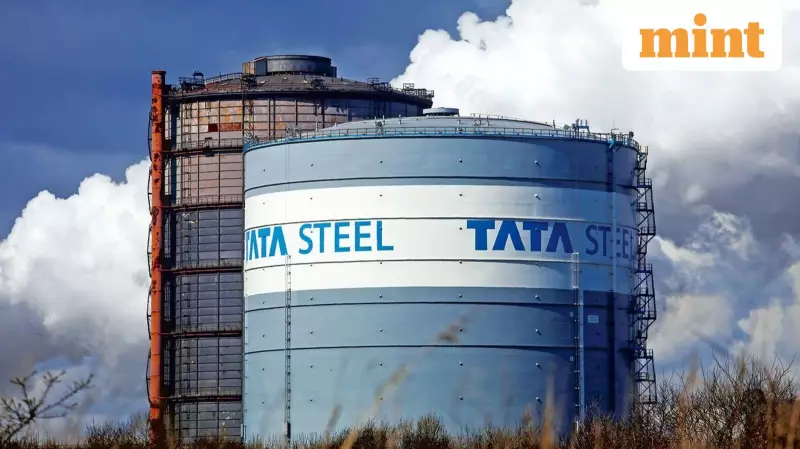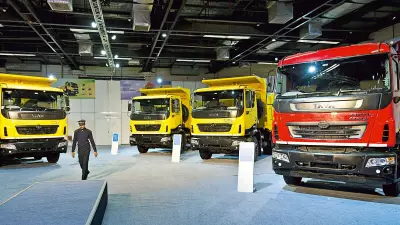
Tata Steel Ltd has reported a powerful financial performance for the July-September quarter, with its net profit more than tripling thanks to robust production in India and stringent cost-control measures. However, the company's journey is not without its challenges, as its UK operations continue to suffer losses due to a flood of cheap imports, casting a shadow over an otherwise strong report card.
Strong Quarterly Performance Driven by Domestic Operations
The company announced a consolidated net profit of ₹3,101.75 crore for the second quarter of fiscal year 2026, a significant jump that comfortably surpassed analyst expectations. This represents a 49% increase from the previous quarter. Consolidated revenue also saw healthy growth, rising 9% year-on-year to ₹58,689 crore.
The stellar results were primarily fueled by the company's Indian operations. T.V. Narendran, Managing Director and CEO of Tata Steel, attributed the success to the recent expansion of the Kalinganagar plant, which has boosted output and improved cost efficiency. Furthermore, a company-wide cost-cutting initiative launched at the start of the fiscal year has already yielded substantial savings of ₹5,450 crore in the first half, with a full-year target of ₹11,500 crore.
The company's Netherlands business, which had been struggling, has also shown a remarkable recovery and is now operating close to its capacity of 7 million tonnes.
The Persistent UK Challenge and Capacity Expansion Timeline
Despite the overall positive news, Tata Steel's UK unit remains a significant concern. The division reported a widened EBITDA loss of £66 million. Company executives pointed to a surge in cheap steel imports, particularly from China, as the primary culprit. Despite investing £1.25 billion in restructuring its European business and implementing £350 million in fixed cost reductions, the unit is struggling to achieve profitability.
Koushik Chatterjee, Executive Director and CFO, emphasized that there is no further scope for cost-cutting in the UK and that the company is urgently seeking policy intervention from the UK government. Tata Steel is advocating for import restrictions similar to those in the European Union to create a level playing field.
In a separate strategic update, Narendran indicated that the company may fall short of its goal to achieve 40 million tonnes per annum (mtpa) of domestic steelmaking capacity by 2030. The expansion will be paced according to market conditions and profitability. The current capacity stands at 26.6 mtpa.
The immediate focus is on ramping up the Kalinganagar facility to 8 mtpa by the end of 2025 and scaling up Neelachal Ispat Nigam Ltd from 1 mtpa to 5 mtpa. These projects are expected to lift total capacity to 31-32 mtpa. Further expansions at Bhushan Steel and Kalinganagar are projected to take the total to around 38–39 mtpa by 2030.
Subdued Outlook and Strategic Shifts
Looking ahead to the third quarter, Tata Steel anticipates some margin compression in its Indian business. Realisations are expected to fall by around ₹1,500 per tonne, while coking coal costs are projected to rise. However, this will be partially offset by an increase in volume from the Kalinganagar ramp-up.
The European operations are also likely to see softer margins. For the UK, the company hopes the situation will not deteriorate further, but achieving breakeven in the current fiscal year appears unlikely without government support on import policies.
In a strategic shift towards greener steelmaking, Tata Steel has begun construction of an electric arc furnace (EAF) in Ludhiana with a capacity of 0.75 million tonnes, scheduled for commissioning by 2027. The success of this project will determine the pace of future EAF expansions.





